When training for performance in extreme endurance events such as ironman there is always the possibility of things going wrong. We are always pushing the envelope in training looking for peak performance and that brings risks of injury and sickness before the event but also so much can go wrong on race day.
On race day we can only control so much and there is always going to be the possibility of nutritional problems, mechanical breakdown on the bike and a host of other issues that could occur to derail all your best laid plans and either prevent you achieving goals or even not completing your chosen event.
With ironman likely being the major focus of your year it can be devastating when something like this happens and can leave you with a feeling of having wasted a years worth of training and all the sacrifices that come with that training. The knee-jerk reaction from most athletes is to completely stop at this point and contemplate time away from the sport or to enter another event right away. One of the best pieces of advice i ever heard was “Do not let emotions rule decisions in the days after an event”.
While it is very hard to not do any of the above – if something has occurred in your main event try to treat the days immediately after exactly as you would had you executed a perfect race, have your easy recovery days following the event, even if you did not make it through the whole event your body is not only recovering from the physical demands of the day but also the mental demands of the whole build up and this is so much more demanding on the body than most athletes think.
When you are a few days post event and everything had calmed down emotionally then start to think about what you want to do. You have great fitness and finding another event might be the direction to go, depending on availability you might get to use that fitness without having to really put too much training time in. If the only events are a little while away you need to consider how training might impact the weeks you had planned other activities such as holidays or family time.
If you decide to race again then the following are some things you need to think about
TIME FRAME
If you can find an event within 2-4 weeks from your race then you really do not need to be looking at gaining fitness rather just maintaining fitness, you need to resist the urge to train hard at this time as this will just leave you physically drained for your new race. If you completed your race just not to the expected level for whatever reason then you are going to gain fitness from the event for up to 3 weeks with very little work, you almost get a free race from your body at this time.
Finding a race 5-8 weeks away is going to mean a little more planning with training, you are going to have to put another block of endurance work in preceding this event. This time frame can be extremely successful or a complete disaster depending on planning. The issue with this time period is one of mental preparation and fatigue, with the event a decent time away motivation to get back to hard training is high and its all too easy to jump into hard training and this can feel amazing as fitness levels are so high. What tends to happen without correct planning is 2-3 weeks into a training block motivation levels dive and you start to question what your doing. I rarely see fitness being an issue in this circumstance and my focus would always be on having the athlete make sure they were mentally fresh and ready to race over trying to fit more fitness into there program.
For most of us there is only one time a year where we can put a sustained block of hard work into training for a major event. So if something goes wrong and we sign up for a second event then we need to consider this factor, we need to take things back a step from our previous training. This may mean just knocking watts back by a few percent, reducing long rides a touch and maybe one or two less sessions a week to allow more recovery and stay mentally fresh. Your mantra at this time should be one of maintenance, if you manage to dial back training a touch for this reason you will most likely actually find that performance rockets for race day.
EVENTS
It is not always going to be possible to find another ironman or even triathlon event that is accessible so you may be forced to look at alternate events and challenges. This can be an exciting prospect maybe there is an event that you have been keen to do for years but avoided due to possible injury risk or effect it may have on your triathlon performance. A great example of this may be a group bike race which certainly holds allure for many triathletes but the skills of pack riding and the inherent injury risk just prevent you from taking apart. If you decide to go this route make sure you develop those skills leading into the race and do not just focus on fitness.
Learning the skills to ride in a pack can only be learnt by riding in a pack so search out your local bike team and see if they have local group rides or criterium style training sessions. Ask around and find out if there is a rider locally who has a reputation for being a top technical rider and ask for lessons and advice.
Just remember riding in a group race at speed is not the same as an easy group long ride with friends!
The booming swim run sport Breca is taking the world by storm right now and maybe you can find a local event and discover something new but still using your triathlon skills. Plus the team side of this could add a new dimension to both training and competing to refresh you after a sole focus on triathlon.
Maybe you have have always had your eye on an ultra running events, whatever it is you are in a great position to jump into an event like this. Fitness levels should be peaking so a few weeks of specific preparation is all that would be needed to get ready for a new challenge.
LISTEN TO YOUR BODY
So in conclusion if something has gone wrong and race day did not go to plan step back from the emotional response – carry on with recovery exactly as you would after a perfect race then a few days later see how your feeling and make plans!
Once you have your plan its very important that you listen to your body, if your tired and unmotivated do not push on with the training – take a step back and remember what your doing and why, remember fitness is these signs are a sign you need to take things easy not push harder – mental strength at this stage is the most important factor to a successful follow up event.
Enjoy your training


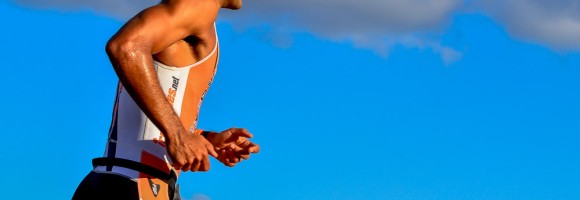

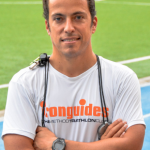
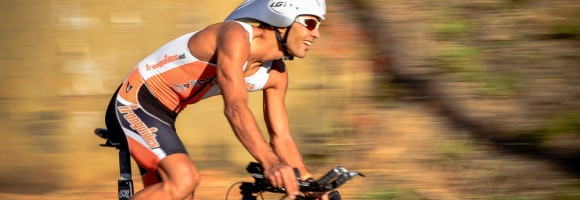
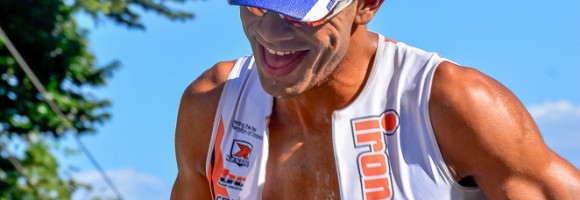
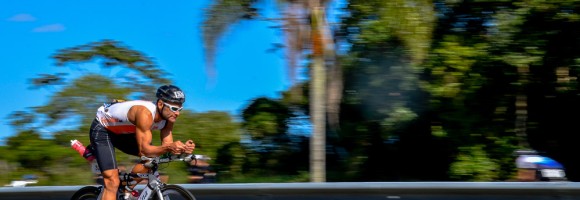


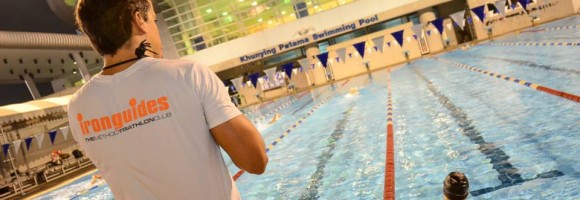
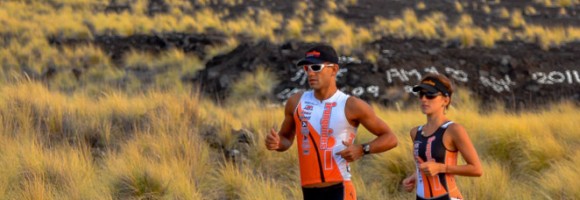
Recent Comments